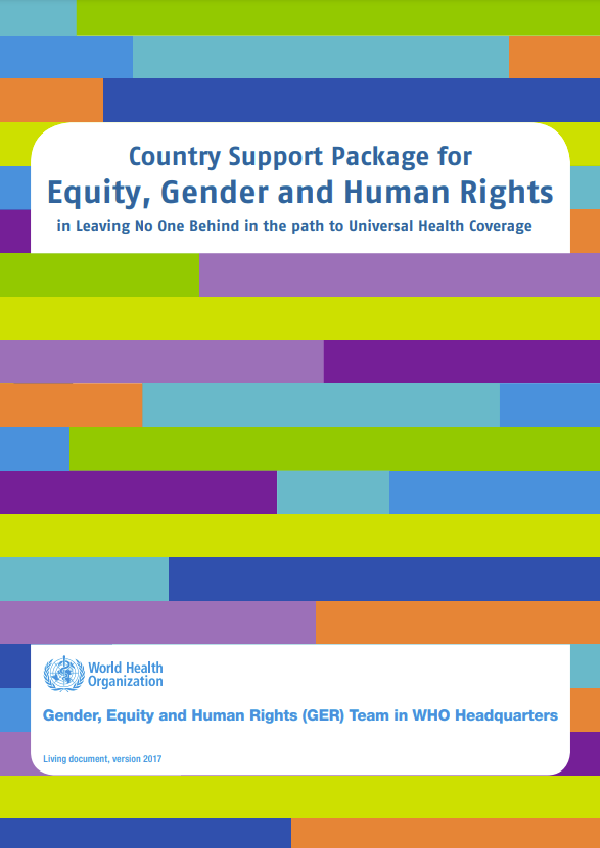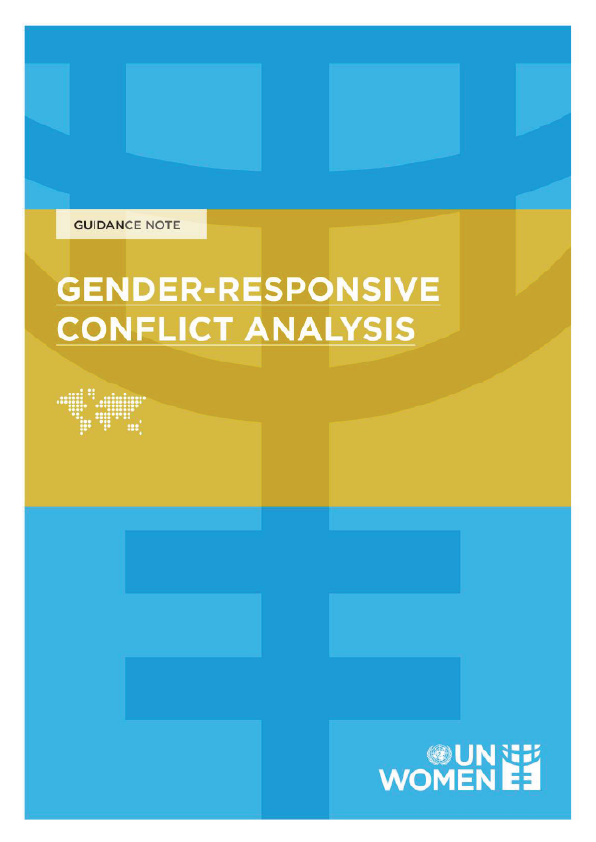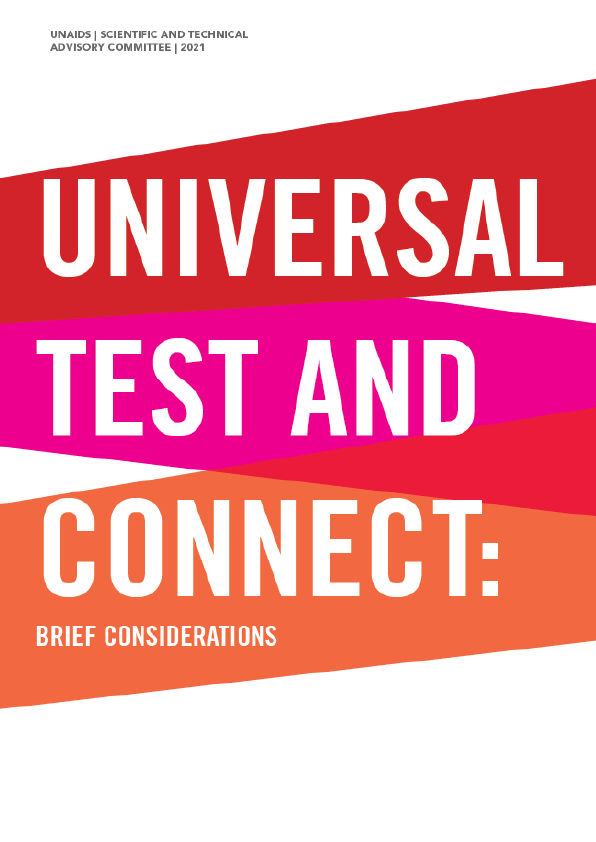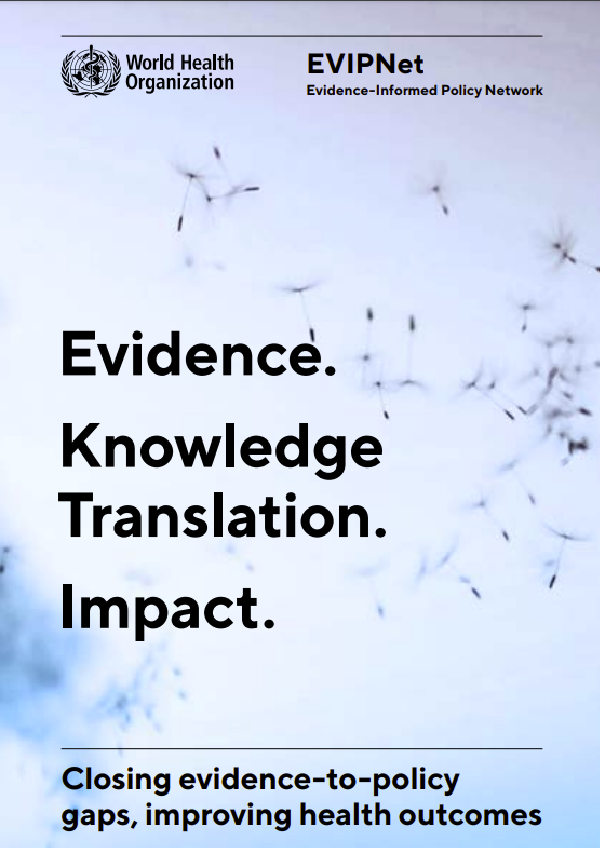The Sustainable Development Goals (SDGs) mark an unprecedented commitment to “leaving no one behind” (LNB) and the articulation of the importance of addressing vulnerabilities and discrimination on a global scale.
WHO is scaling up its commitment through a dedicated and output-based WHO SDGs internal coordination structure on ‘Leaving No One Behind’, which is grounded on the Equity and Human Rights instrument of change, other WHA and UN resolutions and commitments, as well as the Joint WHO/UN statement on ending discrimination in health care settings.
As part of its contribution to LNB, the Gender, Equity and Human Rights (GER) Team in conjunction with other WHO Departments,2 has outlined four components of a Country Support Package, which provide country-level support to LNB and benefit health information systems, national health policies and strategies, and national health programs.
Backed by internal mainstreaming for WHO Country Offices, so frontline staff has the knowledge and capacity necessary, the CSP reflects activities implemented by the GER Team and serves as part of the wider LNB working group activities. The CSP needs an enabling environment grounded on meaningful social participation, accountability, and non-discrimination.
Health information systems refer to the collection, analysis, and reporting of health data. Strong equity-oriented, human rights-based, and gender transformative health information systems are centerfold to knowing who is being left behind in progress toward the SDGs. Such health information systems:
- have data collection practices that facilitate data disaggregation by relevant dimensions of inequality and across a wide selection of health topics;
- have the knowledge, expertise, and resources to conduct and interpret standardized analyses of health inequalities;
- produce regular and high-quality reports of the state of inequality; and
- adhere to the human rights standard of availability, accessibility, acceptability, and quality (AAAQ) as core components through which such analysis is conducted.
National health inequality monitoring helps to evaluate the impact of policies, programs, and practices on disadvantaged subpopulations. A sustainable and systematic approach to national inequality monitoring includes enhanced technical knowledge and capacity, as well as integration into ongoing planning, review, and M&E cycles. For further details see: “Promoting health equity: WHO health inequality monitoring at global and national levels”.
Qualitative sources are particularly powerful to understand the “why” behind differences in exposure to risk factors, access, and outcomes, including those due to enduring forms of discrimination and human rights violations. They help unpack the demand-side barriers that subpopulations face, including in relation to gender, and the supply-side bottlenecks impacting equitable coverage. WHO is developing qualitative instruments for barrier assessments that health authorities can use towards this end.
Human rights monitoring mechanisms provide targeted analysis of ongoing challenges to realizing the right to health, including the Universal Period Review, the submission of national reports and related observations, recommendations, and concluding observations by Treaty Bodies, Special Procedures and Charter-based Bodies.
The triangulation of sources completes the picture of who is being left behind and why, identifying specific roles and responsibilities for action.











